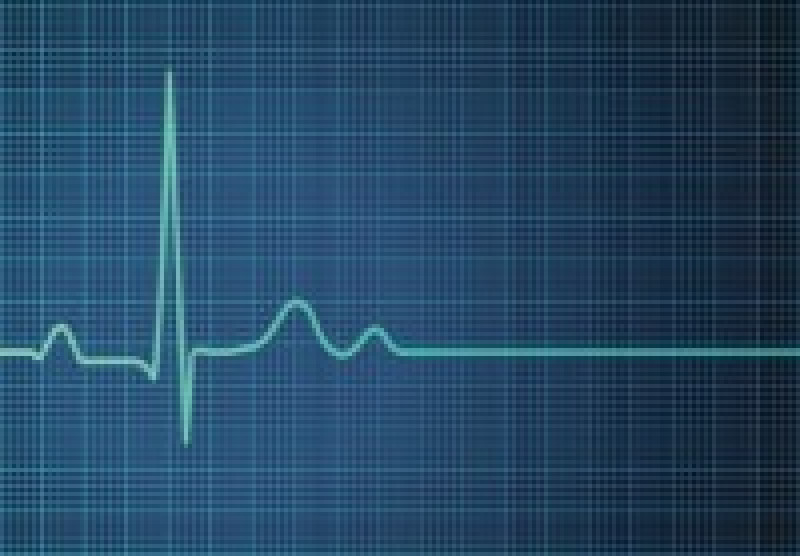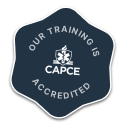
ROSC. If you’re new to EMS or are looking into Paramedic school, you may have come across this term. If so, you’re probably asking yourself three major questions:
- What is it?
- How do we know that we have it?
- What do we do after we achieve it?
Let’s take a minute to examine cardiac arrest in general, so we can then define what ROSC is. Cardiac arrest is the spontaneous cessation of perfusion by the heart. The heart may continue to squeeze or fibrillate but it is no longer effectively pumping blood throughout the body. This can happen for a number of reasons, but we will focus on three primary causes. First is a traumatic event causing a pericardial effusion. This is significant because pericardial effusions lead to something called cardiac tamponade, a condition in which the heart cannot physically expand and contract to pump blood due to the pressure of the pericardial sac filling with blood around the heart. This puts pressure on the heart and doesn’t allow it to pump blood effectively. Second is the presence of a thrombus in a coronary vessel, chamber of the heart, or inside a lung that prevents blood from traveling where it needs to go and/or blocks a vessel to the point it can no longer feed blood through it. Lastly, is an overdose (prescription, recreational, intentional, or accidental) that causes respiratory depression or impedes electrical activity in the heart. Regardless of the events that led to the arrest, the ending is the same: The heart has stopped pumping blood in a manner that is capable of supporting life. While treating a patient in cardiac arrest, the goal is to try to identify and reverse the causal factor or factors. This can be done through high-quality CPR along with electricity (defibrillation), medication administration, providing oxygen, and possibly needle decompression. When we’ve done our jobs effectively, and provided the patient with what their body required during cardiac arrest, we will see a return of their blood pressure and pulse rate. This is called ROSC, or a Return of Spontaneous Circulation.
When we have achieved ROSC there are a few things that we will notice and others that can be more subtle. One of the more notable changes that are taught heavily in Paramedic programs, is a rapid increase in the patient’s End Tidal CO2 (EtCO2). When your heart stops, everything shuts down. Some processes shut down quicker than others. But one thing that stops suddenly, is the patient’s metabolism. During cardiac arrest, the patient is no longer exchanging Oxygen and CO2 in their lungs. When a Paramedic places an endotracheal tube (ETT) or Supraglottic airway we are able to attach an EtCO2 monitor to measure the amount of Carbon Dioxide being expelled back into the atmosphere with each breath. The initial reading of your End Tidal CO2 will depend on a number of factors which we will save for another article. What we want you to take away is that you’re looking for a rapid increase in your patients EtCO2 level from wherever it was at previously.
One of the strange things that can happen suddenly once ROSC is achieved, is the patient may begin breathing on their own again. Witnessing it first hand can be a little odd at first. This happens once the brain stem is being perfused again and is able to rid itself of waste. Once this happens it will return to doing one of its primary functions, controlling respiration. Keep in mind, however, it will more than likely not be effective breathing. You will likely need to assist their ventilations with a BVM or continue to ventilate the patient so that the EtCO2 is 35-45 mmHg (generally) and the SpO2 is 95% or above. Depending on local protocols, the Paramedic may also be required to take over the patient’s breathing, securing the airway with an ETT and a specific sequence of medications called Rapid Sequence Intubation, or RSI.
Lastly, you may be able to feel a palpable pulse if the blood pressure is high enough. This would be noticed when performing a pulse check if using an AED during the cardiac arrest or when checking for a pulse with a rhythm change on an ALS monitor. So when you do a pulse/rhythm check look to see if you have an organized rhythm or if the AED says no shock advised check to see if a pulse is present.
Once we recognize that we have ROSC now what? Generally speaking, you will follow your local protocols above all else. They are the guiding document set forth by your agency's medical supervisor. That said, here is a list of some beneficial next steps for your patient:
- Obtain a set of VS every 3-5 minutes. This will help ensure you identify any positive or negative trends with the patient’s ECG, blood pressure, heart rate, and/or oxygen saturation levels.
- Examine their respiratory effort. This will be something you’ll want to monitor regardless of if they’re intubated or not.
- Continue to evaluate the H’s and T’s. This will ensure you are treating the cause of the cardiac arrest whenever possible. If you have a friend or family member nearby, reviewing the H’s and T’s can also ensure you ask all the right questions:
- Do they have any medical history?
- Do they take medications?
- Do they have any allergies?
- Did they take any prescription or recreational drugs?
- What were they doing when the event occurred?
- When were they last seen acting “normally”
- And lots more
In summary, ROSC is an exhilarating thing to see in your cardiac arrest patient. But it truly is the beginning of a lot of steps that must be done to ensure the patient survives neurologically intact. During the resuscitation make sure to address the ABCs and then review your H's and T's for any reversible causes. Try to address the cause or causes of arrest to make ROSC possible. Once you have ROSC begin focusing on the reversible factors that you have not addressed yet. As Always, Follow Your Local Protocols Above All Else.
ReferencesDonnino MW, Navarro K, Berg K, et al. Advanced Cardiac Life Support Provider Manual. United States of America: American Heart Association, 2016.
Mitchell L, Jones LO. Post Cardiac Arrest: Care of the ROSC Patient. RCEM Learning. July 2, 2014. https://www.rcemlearning.co.uk/references/post-cardiac-arrest-care-of-the-rosc-patient/
- Dozens of courses and topics
- State-specific requirements
- We report to CAPCE in real time


